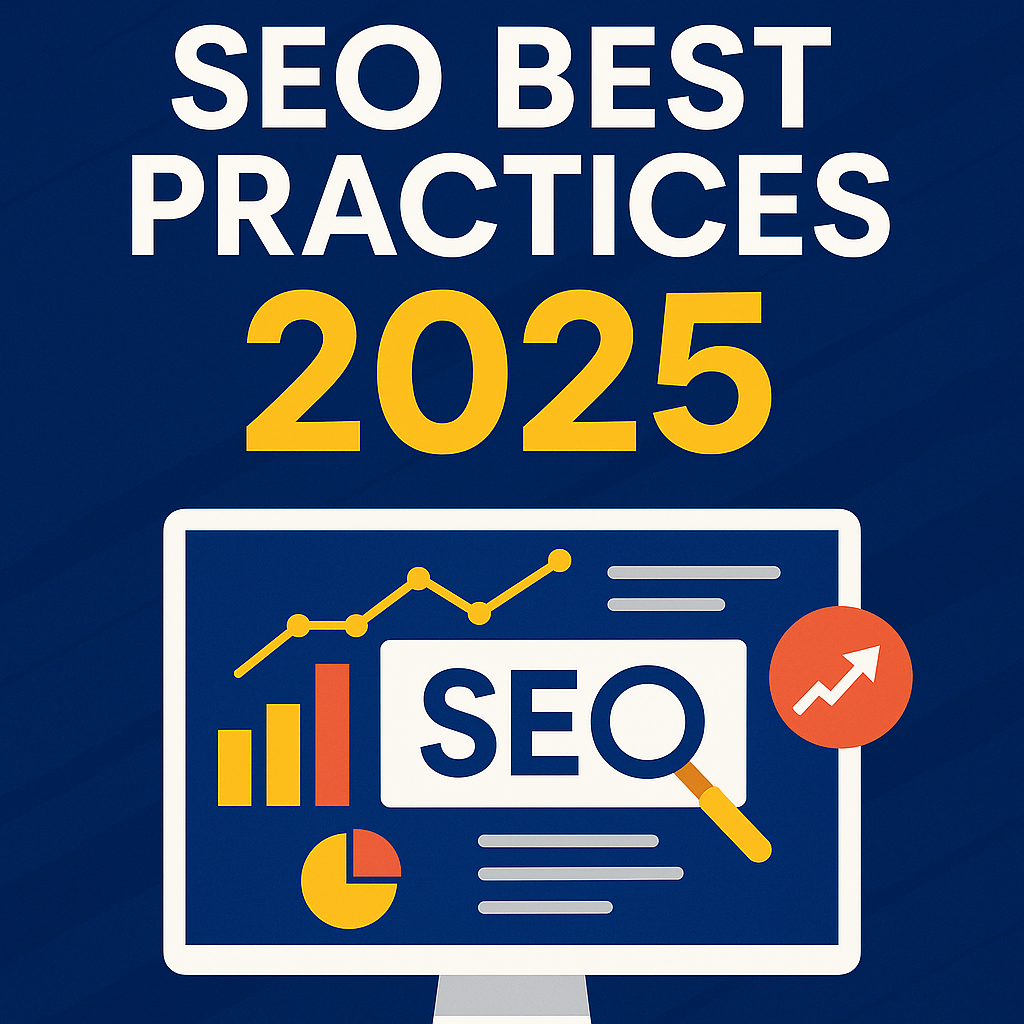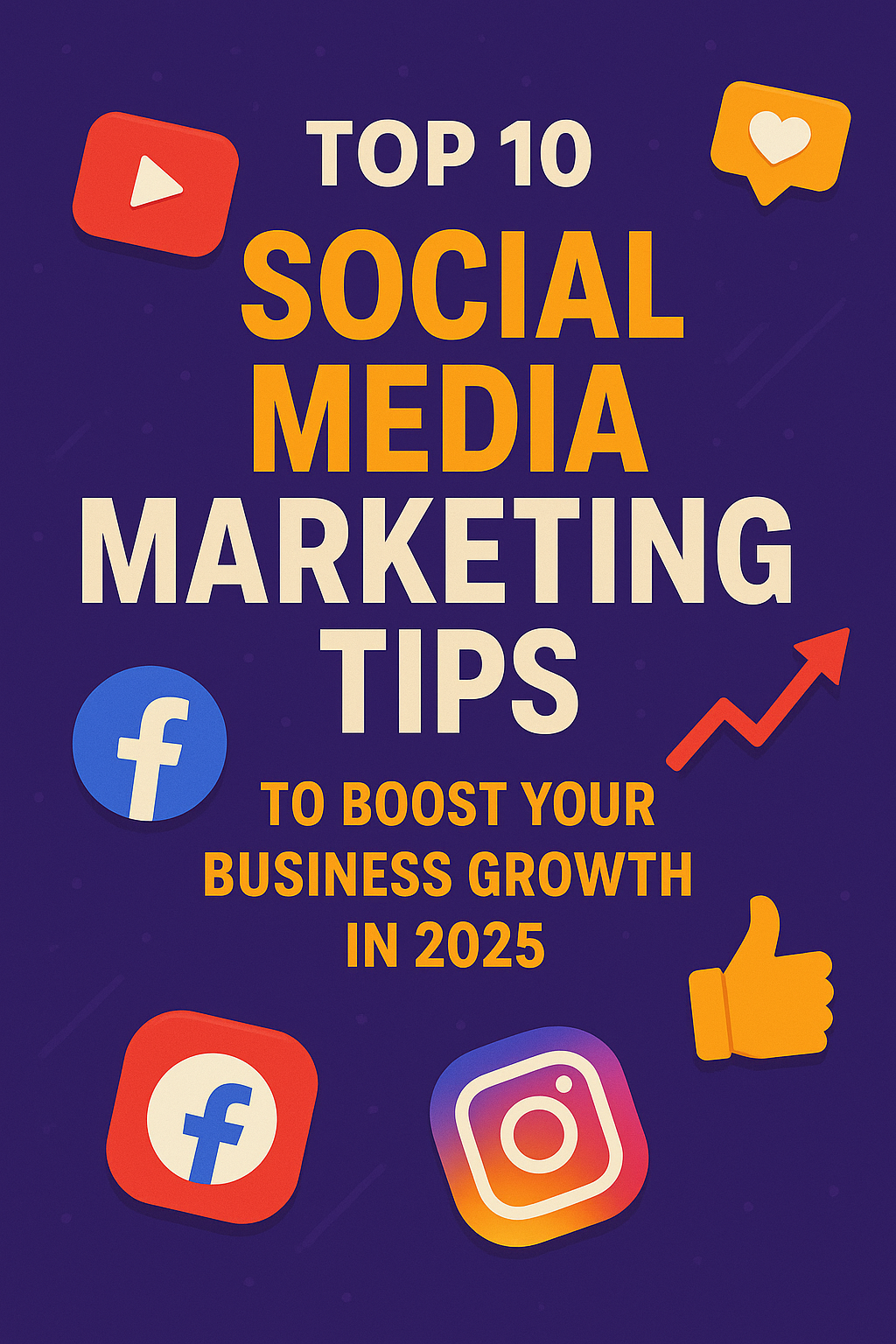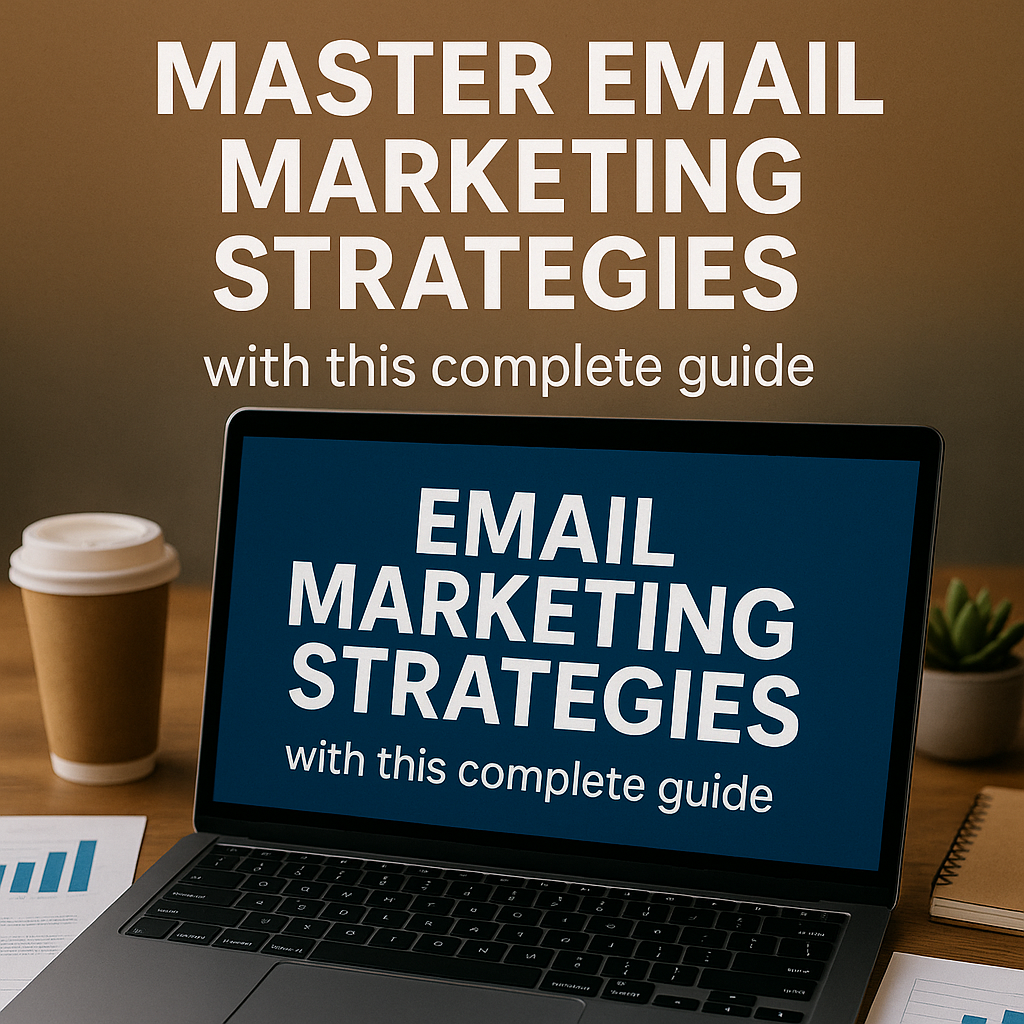In 2025, SEO isn’t just about keywords and backlinks—it’s about adapting to a rapidly evolving digital landscape shaped by AI, voice search, and zero-click results. To thrive, businesses must embrace new strategies that align with how users interact with search engines today. This comprehensive guide will walk you through the essential SEO best practices 2025, ensuring your website remains visible and competitive.
I. SEO Best Practices 2025: Introduction
Search Engine Optimization (SEO) has always been a dynamic field, but 2025 marks a significant shift. With the rise of AI-driven search engines and changing user behaviors, traditional SEO tactics are no longer sufficient. Understanding and implementing the latest SEO best practices is crucial for businesses aiming to maintain and improve their online visibility.
II. SEO Best Practices 2025: Understanding the Modern SEO Landscape
The Rise of AI in Search
Artificial Intelligence (AI) has become integral to how search engines operate. Google’s AI algorithms now prioritize content that demonstrates Experience, Expertise, Authoritativeness, and Trustworthiness (E-E-A-T). This means that high-quality, well-researched, and user-focused content is more important than ever.
Zero-Click Searches
Users increasingly find answers directly on search engine results pages (SERPs), reducing the need to click through to websites. To adapt, businesses must optimize their content to appear in featured snippets and other SERP features.
Voice Search Optimization
With the proliferation of voice-activated devices, optimizing for voice search is essential. This involves focusing on natural language queries and long-tail keywords that reflect how people speak.
III. SEO Best Practices 2025: Comprehensive Keyword Research Strategies
Importance of Keyword Research
Keyword research remains foundational to SEO. Identifying the terms and phrases your target audience uses allows you to create content that meets their needs.
Tools and Techniques
Utilize tools like Google Trends, Ahrefs, and SEMrush to discover relevant keywords. These platforms provide insights into search volume, competition, and related terms.
Understanding Search Intent
Categorize keywords based on user intent: informational, navigational, transactional, or commercial. Tailoring content to match intent improves user engagement and conversion rates.
Long-Tail Keywords
Targeting specific, less competitive keyword phrases can attract highly motivated visitors. Long-tail keywords often have higher conversion rates due to their specificity.
IV. SEO Best Practices 2025: On-Page SEO Optimization
Title Tags and Meta Descriptions
Craft compelling and keyword-rich titles and descriptions to improve click-through rates. Ensure they accurately reflect the page content.
Header Tags (H1-H6)
Use header tags to structure content, making it easier for both users and search engines to understand. Incorporate relevant keywords where appropriate.
Content Optimization
Integrate keywords naturally within the content. Avoid keyword stuffing, which can harm readability and SEO performance.
Image Optimization
Use descriptive filenames and alt tags for images. Compress images to improve page load times, enhancing user experience.
Internal Linking
Link related content within your website to guide users and distribute page authority. This also helps search engines crawl your site more effectively.
V. SEO Best Practices 2025: Technical SEO Essentials
Website Speed and Performance
Page speed is a critical ranking factor. Optimize images, leverage browser caching, and minimize code to enhance load times.
Mobile-First Indexing
Ensure your website is mobile-friendly, as Google primarily uses the mobile version for indexing and ranking.
Secure and Accessible Websites
Implement HTTPS to secure your website. Ensure your site is accessible to all users, including those with disabilities.
Structured Data and Schema Markup
Use schema markup to provide search engines with additional context about your content, enhancing visibility in SERPs.
XML Sitemaps and Robots.txt
Maintain an up-to-date XML sitemap and configure your robots.txt file to guide search engine crawlers effectively.
VI. SEO Best Practices 2025: Content Creation and Optimization
High-Quality Content
Focus on creating original, in-depth, and valuable content that addresses your audience’s needs and questions.
Content Formats
Diversify your content with blogs, videos, infographics, and podcasts to engage different audience segments.
Content Refreshing
Regularly update existing content to maintain its relevance and accuracy, which can improve rankings.
User Engagement Metrics
Monitor metrics like bounce rate and time on page to assess content performance and make necessary adjustments.
VII. SEO Best Practices 2025: Off-Page SEO and Link Building
Backlink Importance
Earning backlinks from reputable sites boosts your website’s authority and search rankings.
Strategies for Earning Links
Engage in guest posting, influencer outreach, and create shareable content to attract backlinks.
Avoiding Black-Hat Techniques
Steer clear of unethical practices like link farms and paid link schemes, which can result in penalties.
Social Signals
While not direct ranking factors, social shares can increase content visibility and drive traffic.
VIII. SEO Best Practices 2025: Local SEO Optimization
Google Business Profile
Claim and optimize your Google Business Profile to enhance local search visibility.
Local Citations
Ensure consistent Name, Address, and Phone Number (NAP) information across all directories.
Customer Reviews
Encourage satisfied customers to leave positive reviews, and respond professionally to all feedback.
Localized Content
Create content tailored to local events, news, or activities to engage your community.
IX. SEO Best Practices 2025 : Measuring and Analyzing SEO Performance
Key Metrics
Track organic traffic, keyword rankings, and conversion rates to assess SEO effectiveness.
Tools for Analysis
Utilize Google Analytics, Search Console, and other SEO tools to gather data and insights.
Regular Audits
Conduct periodic SEO audits to identify and address issues that may impact performance.
Adjusting Strategies
Use data insights to refine and improve your SEO tactics continually.
X. SEO Best Practices 2025: Future-Proofing Your SEO Strategy
Staying Updated
Keep abreast of algorithm changes and industry news to adapt your strategies accordingly.
Embracing New Technologies
Explore emerging trends like voice search and AI content generation to stay ahead of the curve.
Continuous Learning
Invest in ongoing education and training to enhance your SEO knowledge and skills.
Conclusion
Implementing these SEO best practices for 2025 will position your website for success in an increasingly competitive digital landscape. By focusing on quality content, technical optimization, and user experience, you can improve your search rankings and drive more traffic to your site.
Ready to Elevate Your SEO Strategy?
Visit Kartafol for expert insights and personalized guidance on optimizing your online presence.
Sources:
https://www.conductor.com/academy/seo-content-predictions/
https://explodingtopics.com/blog/ai-in-seo
https://www.seo.com/blog/seo-trends/
https://www.singlegrain.com/seo/e-e-a-t-strategies-that-guarantee-googles-trust-in-2025/
https://yourmarketingpeople.com/blog/how-businesses-can-leverage-zero-click-searches-in-2025/
https://explodingtopics.com/blog/future-of-seo
https://searchengineland.com/seo-priorities-win-organic-traffic-454482



